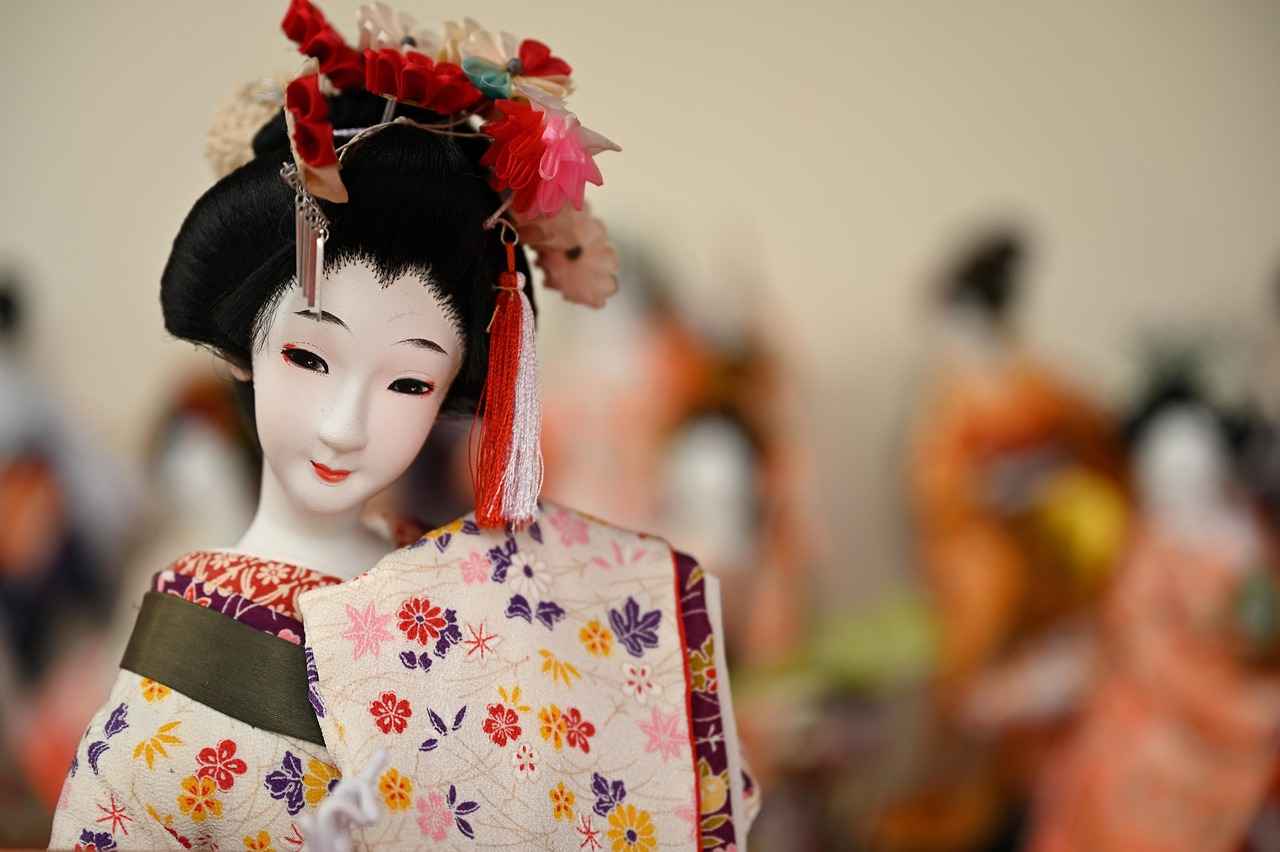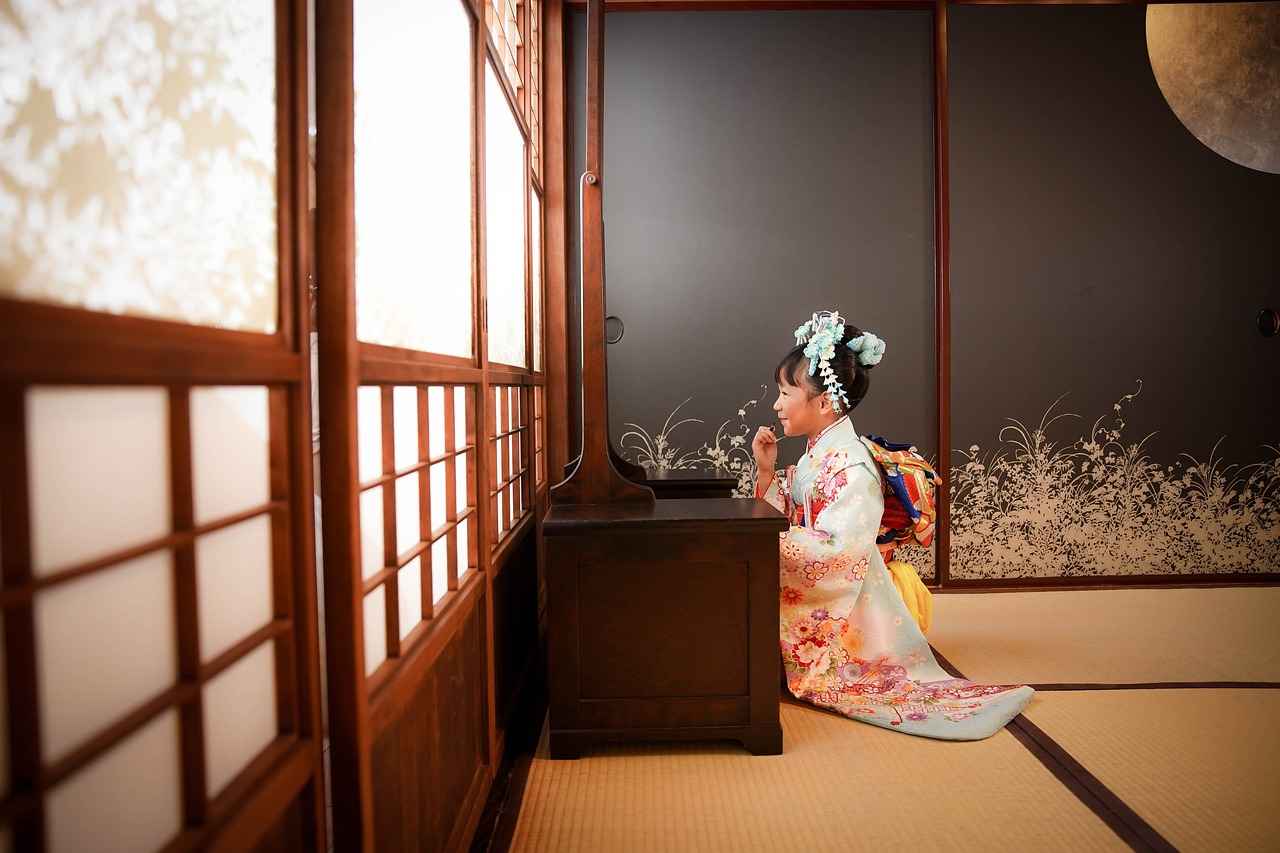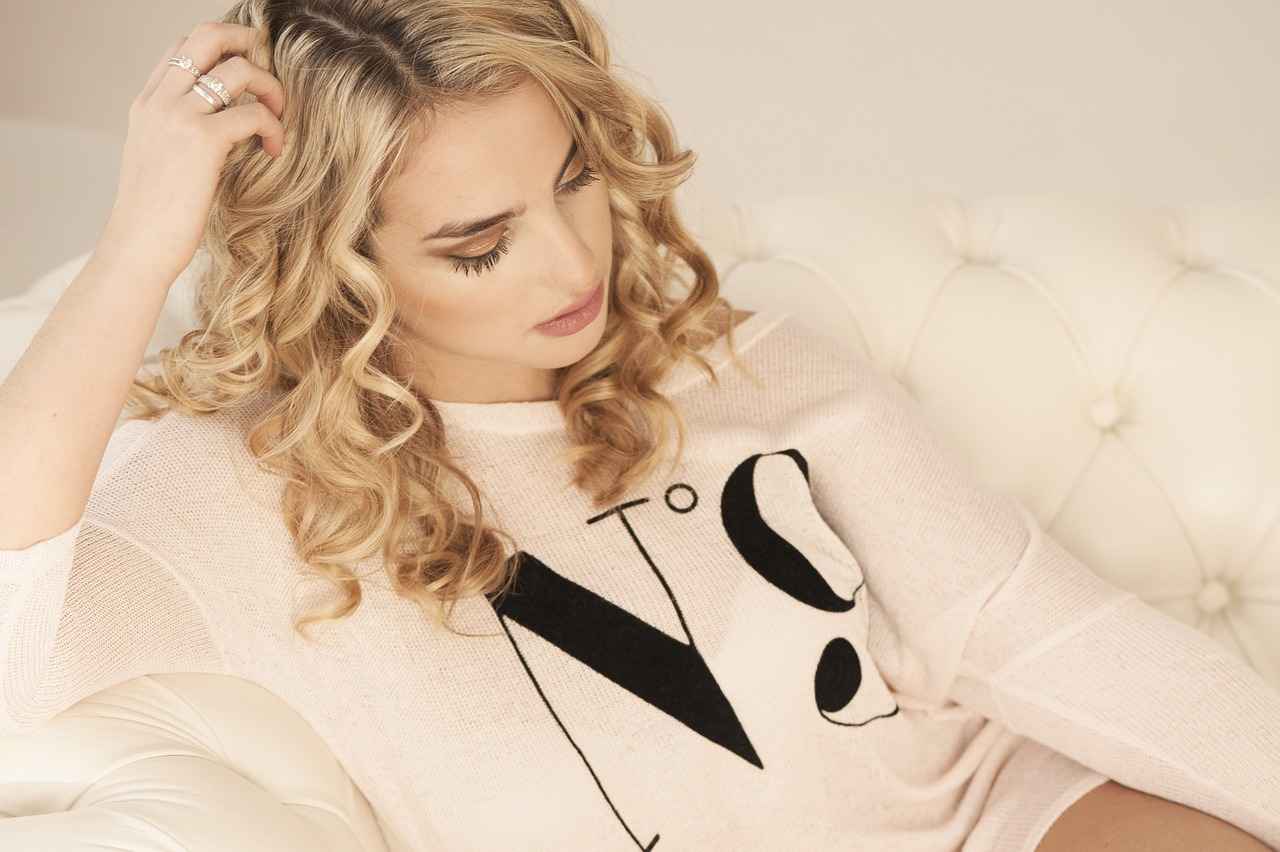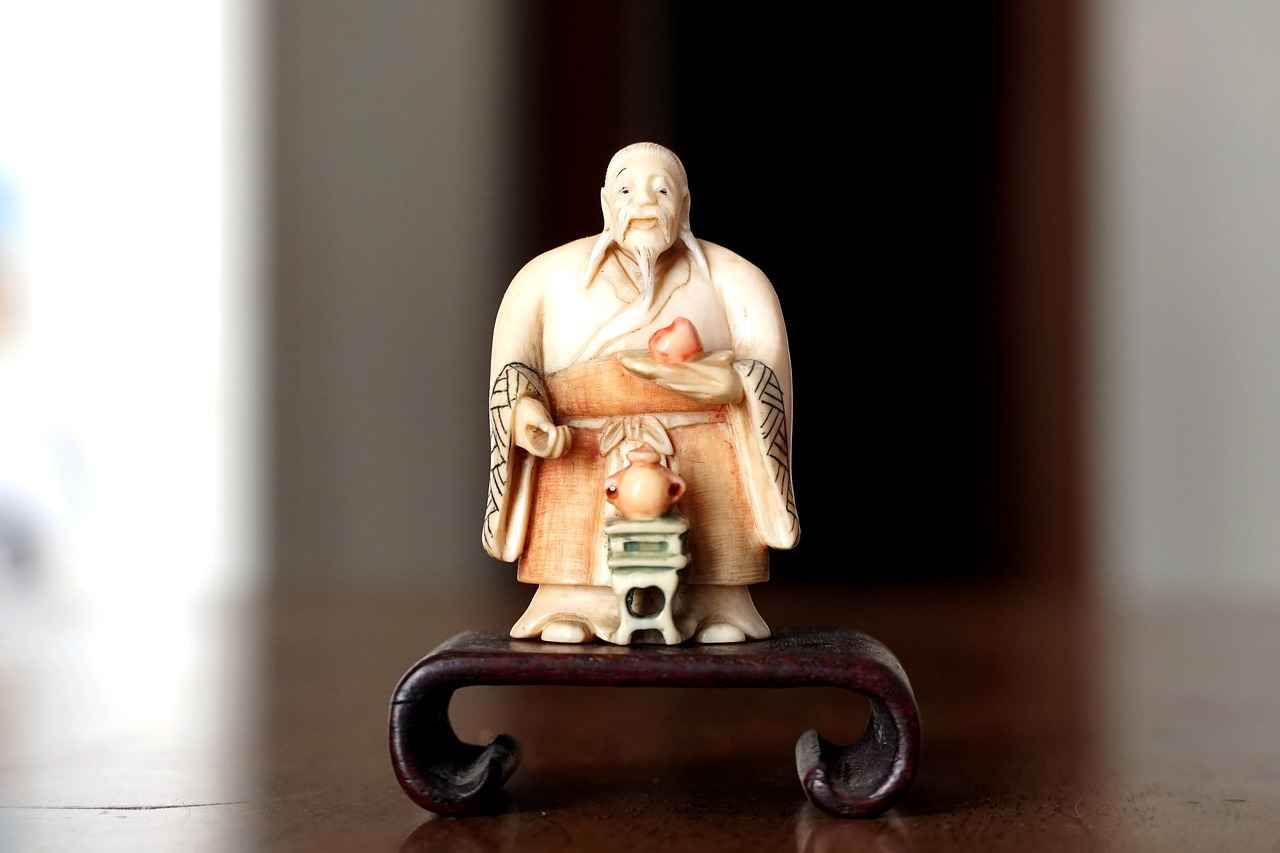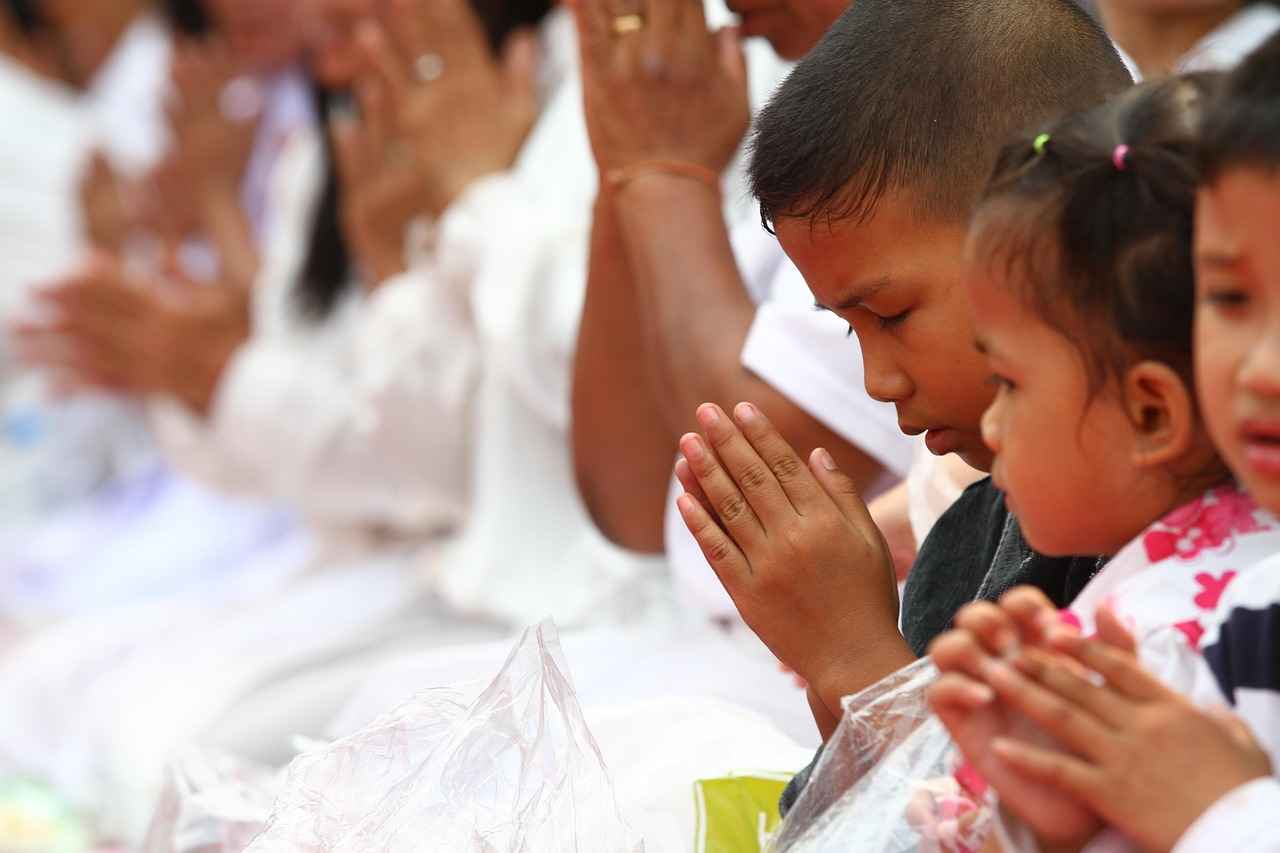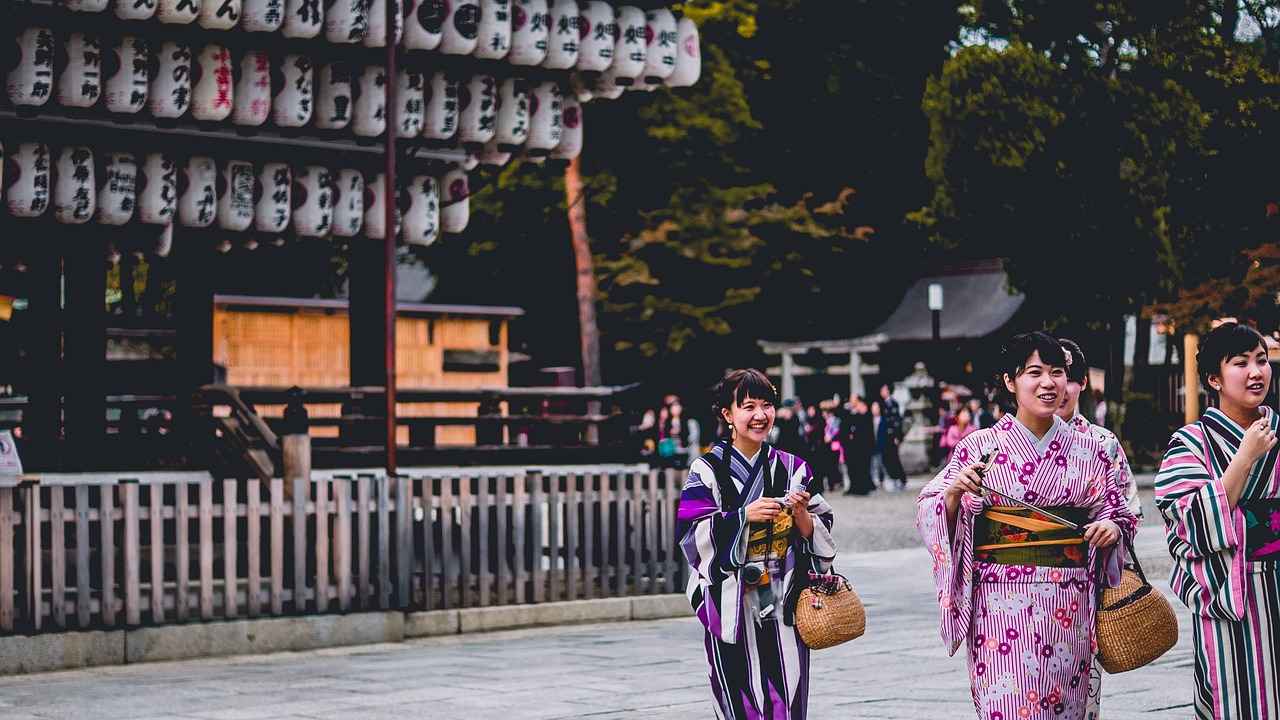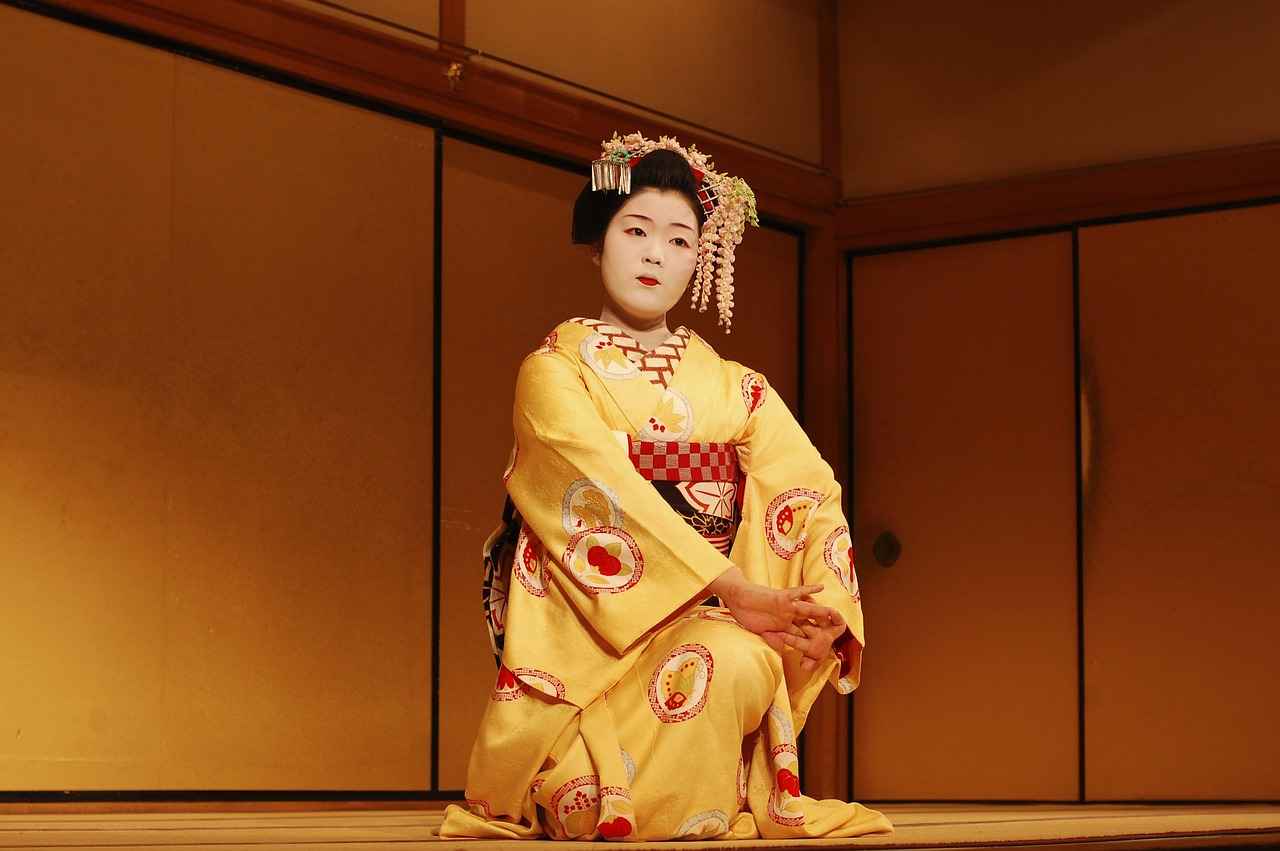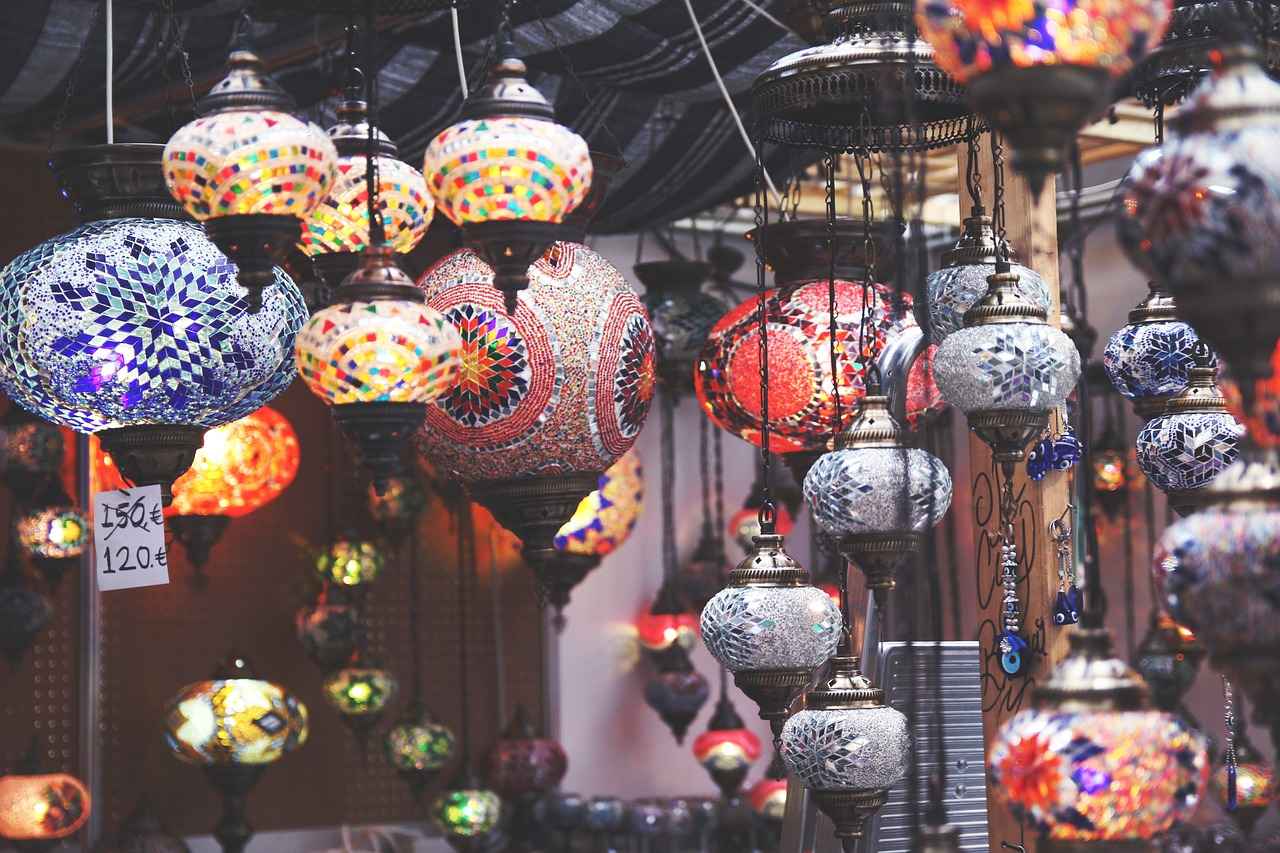This comprehensive guide delves into the enchanting world of long kimonos, showcasing their beauty and versatility. Long kimonos are more than just garments; they are a fusion of tradition and modernity that can elevate any wardrobe. From styling tips to insights on their rich history and fabric choices, this guide aims to equip you with all the knowledge you need to embrace this elegant attire.
What is a Long Kimono?
A long kimono is a traditional Japanese garment known for its flowing silhouette and intricate designs. Typically reaching the ankles, these kimonos embody grace and sophistication. Their historical significance is profound, as they have evolved from ancient ceremonial wear to a staple in contemporary fashion.
The History of Kimonos
The journey of kimonos dates back centuries, with roots in the Heian period. Originally, kimonos were made from luxurious silk and were often adorned with elaborate patterns. Over time, they adapted to reflect changing styles and cultural influences, becoming a global fashion phenomenon.
Traditional vs. Modern Kimonos
- Traditional Kimonos: Crafted from silk, these feature intricate designs and are often worn during special occasions.
- Modern Kimonos: Made from diverse fabrics like cotton and blends, they are designed for everyday wear and come in various styles.
Materials Used in Kimonos
Kimonos are crafted from a variety of materials, each offering unique aesthetics and comfort. Common fabrics include:
- Silk: Luxurious and soft, ideal for formal occasions.
- Cotton: Breathable and comfortable, perfect for casual wear.
- Synthetic Blends: Affordable and versatile, suitable for various styles.
Patterns and Designs
Each kimono pattern carries cultural significance. Popular designs include:
- Floral Patterns: Symbolizing beauty and nature.
- Geometric Shapes: Representing harmony and balance.
How to Style a Long Kimono
Styling a long kimono can transform any outfit. Consider pairing it with:
- Casual Outfits: Jeans and a simple top.
- Formal Wear: A fitted dress or tailored trousers.
Choosing the Right Kimono for Your Body Type
Selecting the perfect kimono involves understanding your body shape. Opt for styles that enhance your silhouette and provide a flattering fit.
Occasions to Wear Long Kimonos
Long kimonos are versatile and suitable for various occasions, including:
- Casual Outings: Perfect for brunch or a day out.
- Formal Events: Ideal for weddings and parties.
Care and Maintenance of Long Kimonos
To ensure longevity, proper care is essential. Here are some tips:
- Always follow the washing instructions on the label.
- Store kimonos in a cool, dry place to avoid damage.
In conclusion, long kimonos are a timeless addition to any wardrobe, blending tradition with modern style. By understanding their history, fabric choices, and styling options, you can fully appreciate their elegance and versatility.

What is a Long Kimono?
A long kimono is a traditional Japanese garment that has captivated fashion enthusiasts worldwide with its flowing silhouette and unique design. This exquisite piece of clothing is not just a fashion statement; it is deeply rooted in Japanese culture and history.
The long kimono, characterized by its full-length style and wide sleeves, has evolved significantly over the centuries. Originally worn by the nobility, it has transitioned to a versatile garment suitable for various occasions. The historical significance of the kimono can be traced back to the Heian period (794-1185), where it was a symbol of status and artistry, often adorned with intricate patterns and vibrant colors.
In modern fashion, long kimonos have been adapted to fit contemporary aesthetics. Designers worldwide have embraced this classic garment, incorporating various fabrics such as silk, cotton, and even sustainable materials to create innovative styles. This adaptation has made long kimonos accessible for everyday wear, allowing individuals to express their personal style while honoring tradition.
Furthermore, long kimonos are celebrated for their versatility. They can be styled in numerous ways, from pairing them with casual outfits to dressing them up for formal events. This adaptability has positioned the long kimono as a staple in many wardrobes, transcending cultural boundaries and appealing to diverse audiences.
In conclusion, the long kimono is more than just a garment; it is a timeless piece of art that bridges the past and present. Its ability to adapt to modern fashion trends while preserving its rich heritage makes it a unique and essential addition to any fashion enthusiast’s collection.
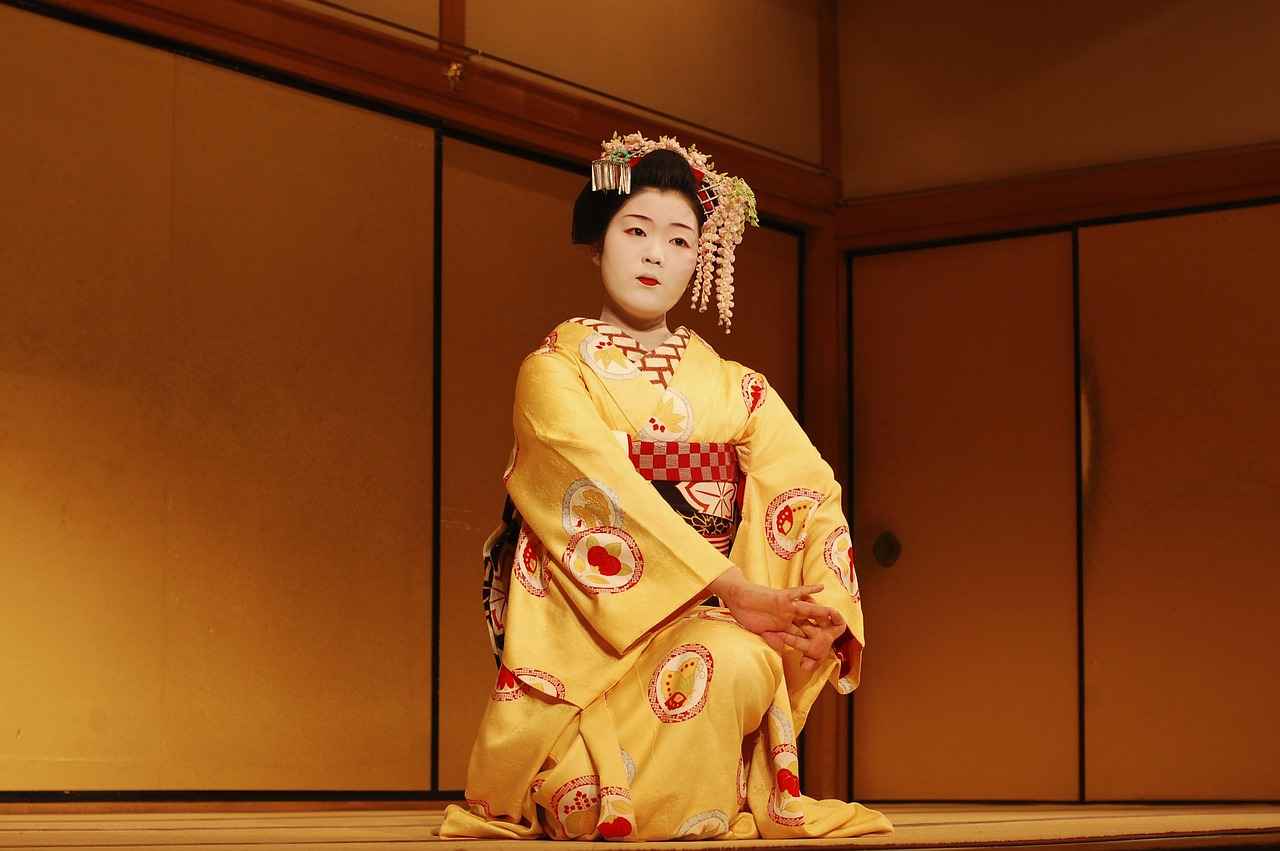
The History of Kimonos
Understanding the origins of kimonos enriches the appreciation of this remarkable garment. Kimonos have a rich history that dates back to ancient Japan, where they were originally designed for functionality and modesty. Over the centuries, these garments have evolved significantly, reflecting changes in culture, society, and fashion trends.
Initially, kimonos were simple in design, made from natural fibers like hemp and cotton, and were primarily worn by the working class. As Japan entered the Heian period (794-1185), kimonos began to feature more elaborate designs and were made from luxurious fabrics such as silk. This period marked the beginning of the kimono’s transformation into a symbol of status and elegance.
During the Edo period (1603-1868), the kimono reached new heights of artistic expression. Artisans began to create intricate patterns and designs that conveyed cultural meanings and seasonal themes. The nobility and wealthy merchants wore kimonos adorned with elaborate motifs, while commoners opted for simpler styles. This era also saw the introduction of various kimono styles tailored for different occasions, such as the furisode for young women and the montsuki for formal events.
In the 20th century, the kimono faced challenges due to Western influences and changing fashion norms. However, it has made a remarkable comeback in contemporary fashion, with designers incorporating modern fabrics and styles. Today, kimonos are not only cherished as traditional garments but also embraced globally as a fashionable and versatile piece.
Understanding the evolution of kimonos allows us to appreciate not just their beauty, but also their cultural significance. As we continue to see kimonos adapted in various ways, they remain a symbol of elegance and a testament to Japan’s rich heritage.
Traditional vs. Modern Kimonos
The evolution of kimonos from their traditional roots to modern interpretations reflects the changing dynamics of fashion and cultural expression. Traditional kimonos are often crafted from luxurious silk, showcasing intricate designs that tell stories of heritage and craftsmanship. These garments are characterized by their long sleeves, flowing silhouettes, and elaborate patterns, often featuring motifs that hold cultural significance, such as cherry blossoms and cranes.
In contrast, modern kimonos embrace a variety of fabrics and styles, making them more accessible and versatile for everyday wear. Designers today experiment with materials like cotton, linen, and even synthetic blends, allowing for a broader range of colors and patterns. This shift not only caters to contemporary tastes but also enhances comfort and practicality, making kimonos suitable for casual outings and relaxed environments.
| Aspect | Traditional Kimonos | Modern Kimonos |
|---|---|---|
| Material | Silk | Cotton, Linen, Synthetic Blends |
| Design | Intricate Patterns | Varied Patterns and Colors |
| Occasions | Formal Events | Everyday Wear |
| Silhouette | Flowing, Structured | Relaxed, Casual |
Furthermore, modern kimonos often incorporate elements from Western fashion, allowing for unique layering and styling options. They can be paired with jeans, skirts, or dresses, making them a fashionable choice for various occasions. The adaptability of the kimono in today’s fashion landscape signifies a blend of tradition and innovation, appealing to a broader audience while honoring its rich history.
In conclusion, the contrast between traditional and modern kimonos highlights the garment’s ability to evolve while maintaining its cultural significance. Whether one opts for the classic elegance of silk or the contemporary flair of mixed fabrics, kimonos continue to be a symbol of style and grace.
Materials Used in Kimonos
Kimonos are not just garments; they are a reflection of culture, history, and artistry. The materials used in their creation play a significant role in determining their aesthetic appeal and comfort levels. In this section, we will explore the most common fabrics used in kimono production, highlighting their unique characteristics and benefits.
- Silk: Renowned for its luxurious feel and natural sheen, silk is the traditional fabric for kimonos. It drapes beautifully and is often adorned with intricate patterns. Silk kimonos are favored for formal occasions due to their elegance and the way they catch the light.
- Cotton: A more casual option, cotton kimonos are comfortable and breathable, making them ideal for everyday wear. They come in a variety of prints and colors, allowing for personal expression while maintaining a relaxed vibe.
- Synthetic Blends: Modern kimonos often incorporate synthetic materials, such as polyester or rayon. These blends can mimic the look and feel of traditional fabrics while offering enhanced durability and ease of care. They are often less expensive and more accessible for everyday use.
- Linen: Known for its lightweight and breathable qualities, linen is another fabric choice for summer kimonos. Its natural texture adds a rustic charm, making it suitable for casual outings.
- Wool: Although less common, wool kimonos are available and are perfect for colder climates. They provide warmth while still allowing for the elegant silhouette associated with traditional kimonos.
Each of these materials contributes to the overall experience of wearing a kimono. Whether you prefer the opulence of silk, the comfort of cotton, or the practicality of synthetic blends, there is a kimono fabric that suits your needs and style. Understanding these options can enhance your appreciation for this beautiful garment and help you choose the right kimono for any occasion.
Patterns and Designs
Kimonos are renowned for their rich tapestry of patterns, each design steeped in cultural significance. These patterns are not merely decorative; they tell stories and convey messages that reflect the values and beliefs of Japanese culture. This section delves into some of the most popular designs found on kimonos, such as florals, geometric shapes, and seasonal motifs, exploring their meanings and importance.
- Floral Patterns: Floral designs are among the most beloved in kimono fashion. Each flower carries its own symbolism. For example, cherry blossoms (sakura) represent the transient beauty of life, while chrysanthemums symbolize longevity and rejuvenation. These patterns are often worn during spring festivals, celebrating nature’s beauty.
- Geometric Shapes: Geometric patterns, such as Asanoha (hemp leaf) and Seigaiha (waves), are prevalent in kimono designs. The Asanoha pattern symbolizes growth and resilience, while Seigaiha reflects peace and tranquility. These designs are frequently chosen for formal occasions, embodying a sense of harmony and balance.
- Seasonal Motifs: Many kimonos feature patterns that celebrate the changing seasons. For instance, motifs like falling leaves in autumn or snowflakes in winter evoke a sense of time and nature’s cycles. Wearing these designs can signify a connection to the seasons and the beauty they bring.
In addition to these popular patterns, kimonos may also showcase abstract designs and mythological symbols, each with its own narrative. The careful selection of patterns allows wearers to express their personality and cultural identity, making the kimono a unique and personal garment.
Understanding the meanings behind these patterns enriches the experience of wearing a kimono, allowing individuals to connect with the deep cultural heritage of Japan while embracing its beauty in modern fashion.
How to Style a Long Kimono
Styling a long kimono can truly transform any outfit, adding a touch of sophistication and elegance to your ensemble. Whether you are dressing for a casual day out or a formal event, the versatility of a kimono allows for endless styling possibilities. Here are some practical tips on how to pair kimonos with different clothing items and accessories for various occasions.
- Layering with Basics: Pair your long kimono with basic items like a fitted t-shirt or a simple tank top. This creates a balanced look where the kimono acts as a statement piece.
- Denim Delight: For a casual outing, consider wearing your kimono over a pair of jeans or denim shorts. This combination adds a relaxed vibe while keeping you stylish.
- Dress it Up: When attending a formal event, layer your kimono over a sleek dress. Opt for kimonos with intricate patterns or luxurious fabrics like silk to elevate your look.
- Accessorize Wisely: Accessories play a crucial role in enhancing your kimono outfit. Consider adding a wide belt to cinch the waist, or statement jewelry to draw attention.
- Footwear Choices: The right shoes can make or break your outfit. Pair your kimono with elegant heels for formal occasions or stylish sandals for a more casual look.
Occasions to Wear: Long kimonos are perfect for various settings. Wear them to brunch with friends, a beach day, or even a wedding. Their adaptability makes them a staple in any wardrobe.
In conclusion, styling a long kimono is all about confidence and creativity. Experiment with different combinations to find what works best for you, and don’t hesitate to express your personal style through this beautiful garment.
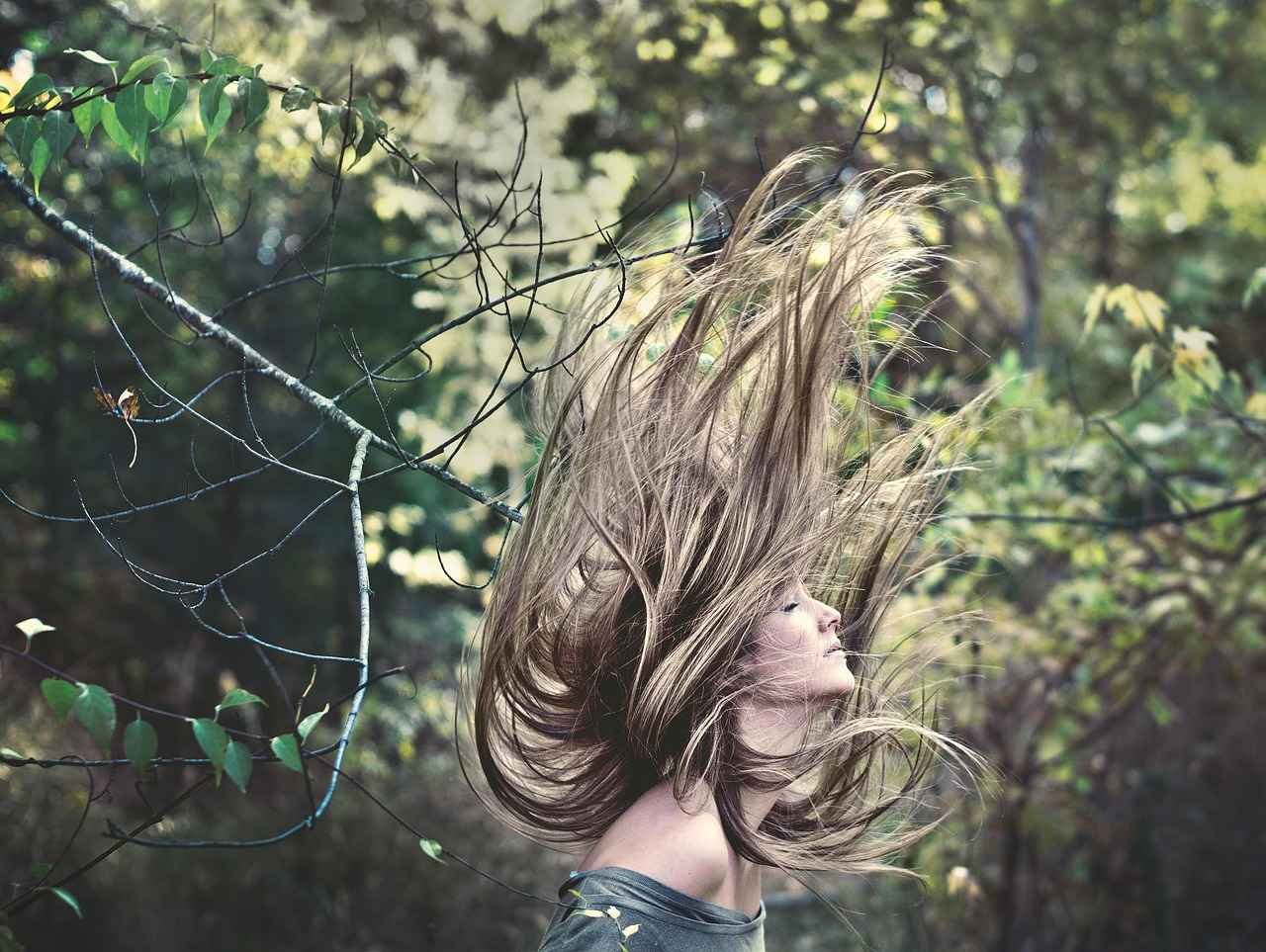
Choosing the Right Kimono for Your Body Type
When it comes to choosing the right kimono, understanding your body type is essential for achieving a flattering look. Kimonos come in various styles, and selecting the right one can enhance your silhouette while ensuring you feel comfortable and confident.
Body Shape Considerations
- Apple Shape: For those with a fuller upper body, opt for kimonos that have a wrap design or an open front. This style helps to create a balanced look by drawing attention away from the midsection.
- Pear Shape: If you have a narrower upper body and wider hips, consider kimonos that feature empire waists or flared sleeves. These designs help to highlight the upper body while providing a flattering flow over the hips.
- Hourglass Shape: Those with an hourglass figure can benefit from kimonos that cinch at the waist. Look for styles with belts or ties that accentuate your curves while maintaining the kimono’s elegant drape.
- Rectangle Shape: If your body shape is more straight and athletic, choose kimonos with bold patterns or ruffles. These details add dimension and can create the illusion of curves.
Fabric and Length
Consider the fabric and length of the kimono as well. Lightweight fabrics like chiffon or silk drape beautifully and enhance movement, while heavier fabrics can provide structure. Additionally, a longer kimono can elongate the body, making it a great choice for various body types.
Conclusion
Ultimately, the key to finding the perfect kimono lies in understanding your unique body shape and choosing styles that enhance your features. By following these guidelines, you can confidently select a kimono that not only looks stunning but also feels great to wear.
Color Choices for Kimonos
When it comes to kimonos, the colors you choose can significantly enhance your overall look and reflect your personality. Understanding how to select colors that complement your skin tone and suit the occasion is essential for achieving that perfect balance of elegance and style.
Understanding Skin Tones
- Warm Skin Tones: If your skin has yellow, peach, or golden undertones, colors like earthy tones (such as terracotta, olive green, and warm reds) and vibrant shades (like coral and gold) will look fantastic on you.
- Cool Skin Tones: For those with pink, red, or blue undertones, opt for cool colors such as blues, greens, and purples. Jewel tones like emerald and sapphire can also add a touch of sophistication.
- Neutral Skin Tones: If you have a neutral undertone, you are in luck! Most colors will suit you well. However, consider shades like soft pastels and muted tones to maintain a balanced look.
Choosing Colors for Different Occasions
The occasion plays a crucial role in determining the color of your kimono:
- Casual Outings: Light, playful colors such as pastel pinks or soft blues can create a relaxed yet stylish look.
- Formal Events: Darker, more sophisticated colors like deep burgundy or navy blue can convey elegance and maturity.
- Seasonal Considerations: In spring and summer, lighter, brighter colors are preferred, while fall and winter call for richer, deeper hues.
By understanding your skin tone and the nature of the event, you can make informed decisions about your kimono color choices, ensuring you always look your best.
Accessorizing Your Kimono
When it comes to wearing a long kimono, the right accessories can significantly enhance its beauty and elegance. This section will explore a variety of accessories that not only complement the kimono but also elevate your overall look.
- Belts: A well-chosen belt can cinch the waist and create a flattering silhouette. Consider a obi belt, which is traditional and adds a touch of authenticity. Alternatively, modern belts in contrasting colors or textures can provide a chic and contemporary twist.
- Shoes: The choice of footwear can make or break your outfit. For a classic look, opt for geta or zori, traditional Japanese sandals. For a more modern approach, stylish heels or elegant flats can add sophistication to your ensemble.
- Jewelry: Keep jewelry simple yet striking. A pair of dangling earrings or a delicate necklace can enhance the elegance of your kimono without overwhelming its beauty. Choose pieces that reflect your personal style while harmonizing with the kimono’s colors and patterns.
- Handbags: A chic handbag can complete your look. Opt for a clutch or a small crossbody bag that complements the kimono’s design. Materials like silk or brocade can echo traditional aesthetics, while leather or canvas can offer a modern flair.
- Hair Accessories: Consider adding hairpins or combs adorned with floral designs or traditional motifs. These accessories can beautifully accentuate your hairstyle and tie in with the overall theme of your outfit.
In conclusion, accessorizing a long kimono is all about finding the right balance between tradition and modernity. By carefully selecting your accessories, you can create a stunning and cohesive look that showcases the elegance of the kimono while expressing your unique style.
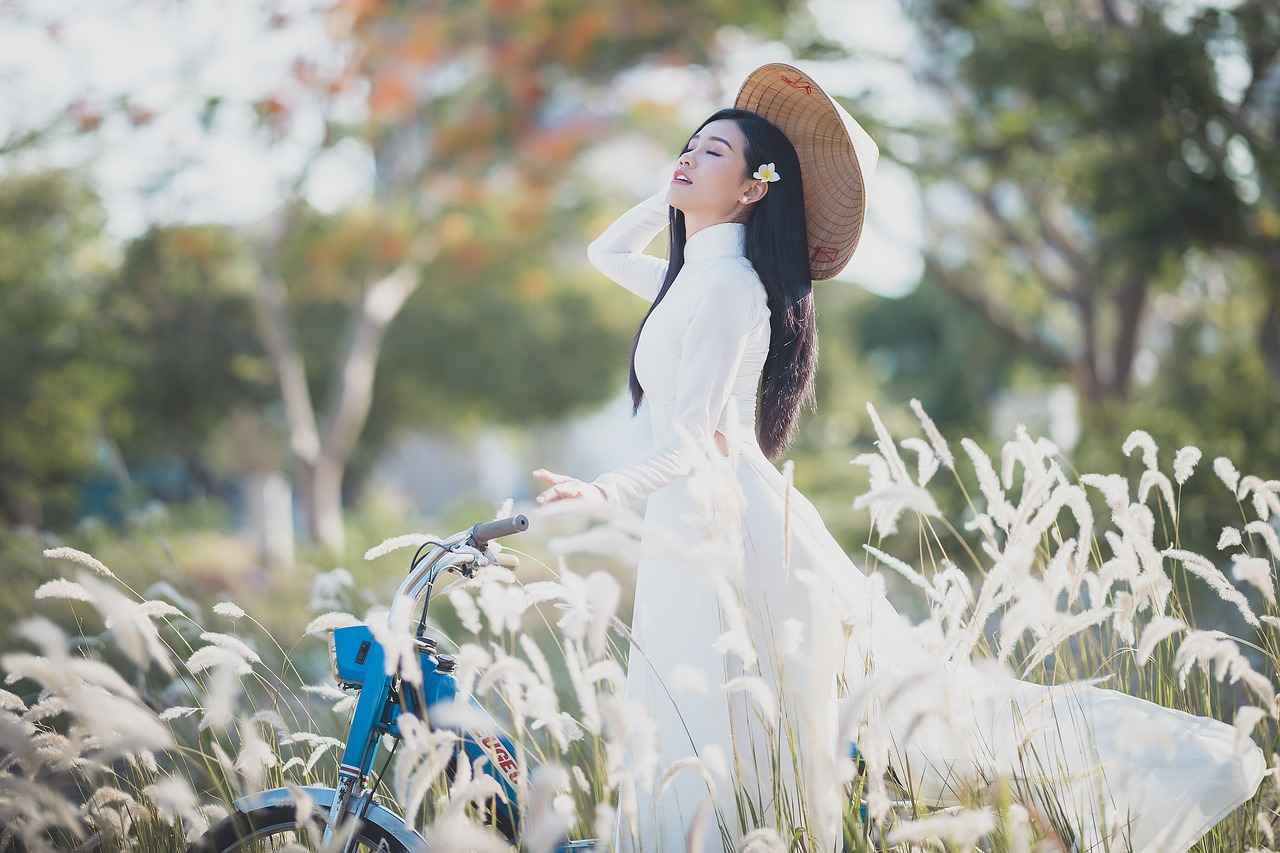
Occasions to Wear Long Kimonos
Long kimonos are not just beautiful garments; they are also incredibly versatile, making them suitable for a wide range of occasions. In this section, we will explore various events where long kimonos can truly shine, from casual outings to formal gatherings.
| Occasion | Styling Tips | Recommended Fabrics |
|---|---|---|
| Casual Outings | Pair with jeans and a simple tee for a relaxed look. | Cotton or lightweight blends for comfort. |
| Beach Days | Wear over a swimsuit for a chic beach cover-up. | Lightweight fabrics like chiffon or rayon. |
| Brunch with Friends | Combine with a fitted dress or shorts and sandals. | Silk or soft cotton for a touch of elegance. |
| Weddings | Opt for a more formal kimono with intricate patterns and pair it with heels. | Silk or satin for a luxurious feel. |
| Formal Events | Accessorize with statement jewelry and a clutch. | Rich fabrics like brocade or velvet for added sophistication. |
Long kimonos can effortlessly transition from day to night, making them an essential piece in any wardrobe. For casual outings, they can be styled simply with jeans and a t-shirt, while for formal events, they can be dressed up with elegant accessories and luxurious fabrics. The key is to choose the right kimono that complements the occasion.
In conclusion, long kimonos are a versatile choice for various events, allowing you to showcase your style while remaining comfortable. Whether you’re heading to a casual brunch or a formal wedding, a long kimono can elevate your outfit and make a lasting impression.
Casual Outfits with Kimonos
Incorporating kimonos into casual outfits can truly elevate your everyday style while maintaining a sense of comfort. These versatile garments offer a unique blend of tradition and modernity, making them perfect for relaxed settings. Below are some creative outfit ideas that demonstrate how to seamlessly integrate kimonos into your casual wardrobe.
- Kimono with Jeans: Pair a lightweight kimono with your favorite skinny jeans and a simple tee. This combination strikes a balance between casual and chic, perfect for a day out with friends.
- Layered Over a Dress: A long kimono can be layered over a simple sundress to add an extra dimension to your outfit. Opt for a floral kimono to enhance the feminine vibe.
- Casual Shorts Ensemble: For warmer days, wear a kimono over denim shorts and a fitted tank top. This look is both breezy and stylish, ideal for a beach day or picnic.
- Chic Athleisure: Combine a kimono with yoga pants and a sports bra for a trendy athleisure outfit. This mix allows for comfort while still looking put-together.
- Monochrome Look: Create a sleek look by wearing a monochromatic outfit—think black leggings and a black top—then throw on a contrasting colored kimono for a pop of style.
When accessorizing your casual kimono outfits, consider adding a wide-brimmed hat or some statement jewelry to complete the look. Footwear choices can vary from casual sneakers for a laid-back vibe to strappy sandals for a more polished appearance.
By incorporating kimonos into your casual outfits, you not only enhance your style but also embrace a piece of cultural heritage. Experiment with different fabrics, colors, and patterns to find combinations that reflect your personal style.
Formal Wear with Kimonos
Long kimonos are not just a staple of traditional Japanese attire; they have also made a significant mark on modern fashion, especially for formal events. Their elegant design and versatility make them an excellent choice for weddings, parties, and other sophisticated occasions. In this section, we will explore how to effectively style a long kimono for such events, ensuring you make a stunning impression.
- Choosing the Right Fabric: For formal occasions, opt for kimonos made from luxurious materials like silk or satin. These fabrics not only drape beautifully but also add a touch of opulence to your ensemble.
- Color and Pattern Selection: When dressing up for a formal event, consider muted colors or rich jewel tones. Floral patterns can be appropriate, but ensure they are subtle and elegant to maintain a sophisticated look.
- Layering Techniques: Pairing your long kimono with a fitted dress or tailored trousers can create a chic silhouette. A sleek belt can also help define your waist, adding structure to the flowing shape of the kimono.
- Accessorizing Wisely: Accessories play a crucial role in elevating your look. Choose statement jewelry, such as bold earrings or a delicate necklace, and complement your outfit with classy heels or elegant flats. A clutch bag can also enhance your overall appearance.
- Footwear Considerations: The right shoes can complete your outfit. Opt for heels that match your kimono’s color palette or choose classic styles like pointed-toe pumps for a timeless look.
In conclusion, styling a long kimono for formal events involves a careful selection of fabrics, colors, and accessories. By paying attention to these details, you can ensure that your kimono not only reflects your personal style but also stands out in any elegant setting.
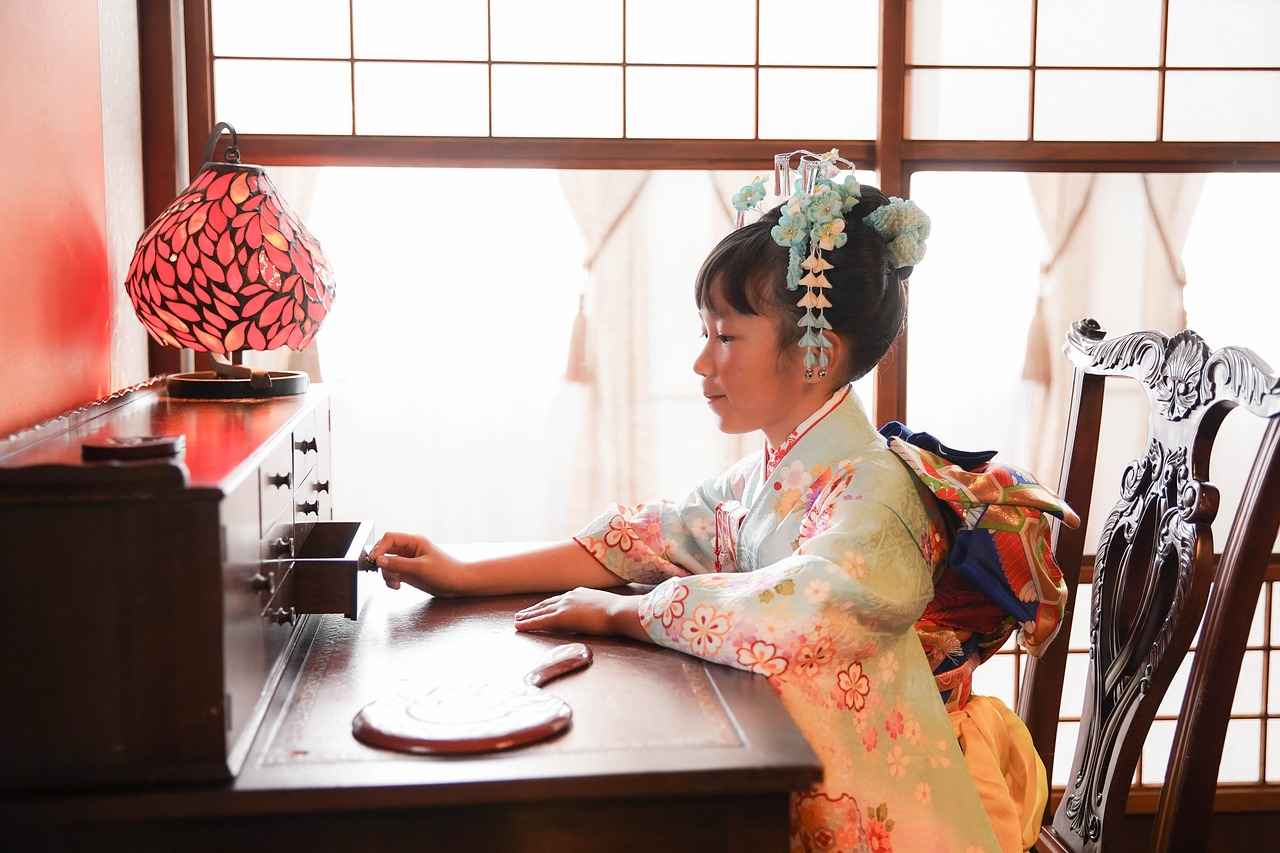
Care and Maintenance of Long Kimonos
Proper care is essential for extending the life of your kimono. With the right techniques in washing, storing, and maintaining your garment, you can keep it looking pristine for years to come. Here are some valuable tips to help you preserve the beauty of your kimono:
- Washing Your Kimono:
- Always check the care label for specific washing instructions.
- For silk kimonos, hand washing in cold water with a gentle detergent is recommended.
- If machine washing is necessary, use a delicate cycle and a mesh laundry bag to protect the fabric.
- Drying Techniques:
- Avoid direct sunlight, as it can fade colors and damage the fabric.
- Hang your kimono on a padded hanger to maintain its shape while air drying.
- Storing Your Kimono:
- Store your kimono in a cool, dry place away from direct sunlight.
- Use a breathable garment bag to protect it from dust and pests.
- For long-term storage, consider folding it properly and placing it in a box lined with acid-free tissue paper.
- Regular Maintenance:
- Inspect your kimono regularly for any signs of wear or damage.
- Address stains immediately by blotting (not rubbing) with a clean cloth.
- Consider professional cleaning for intricate designs or delicate fabrics.
By following these simple yet effective care tips, you can ensure that your long kimono remains a cherished part of your wardrobe for many years. Remember, a well-cared-for kimono not only looks stunning but also carries the rich traditions and stories of its origins.
Frequently Asked Questions
- What is the best way to style a long kimono?
Styling a long kimono is all about balance! Pair it with fitted jeans or a sleek dress to create a stunning silhouette. Add a belt to cinch your waist and give it shape, or layer it over a simple outfit for a touch of elegance.
- Can long kimonos be worn for formal occasions?
Absolutely! Long kimonos can be dressed up for formal events. Opt for luxurious fabrics like silk and choose elegant patterns. Accessorize with statement jewelry and chic heels to elevate your look for weddings or parties.
- How do I choose the right kimono for my body type?
Finding the perfect kimono is all about understanding your body shape. A-line kimonos flatter most figures, while tailored styles suit those with a more defined waist. Don’t forget to consider the length; longer kimonos can elongate your silhouette!
- What materials are best for kimonos?
Common materials include silk for its luxurious feel, cotton for comfort, and synthetic blends for durability. Each fabric offers a unique look and level of comfort, so choose one that suits the occasion and your personal style.
- How should I care for my long kimono?
To keep your kimono looking pristine, always check the care label. Generally, hand washing in cold water is best. Store it hanging to avoid wrinkles, and consider dry cleaning for silk fabrics to maintain their elegance.





